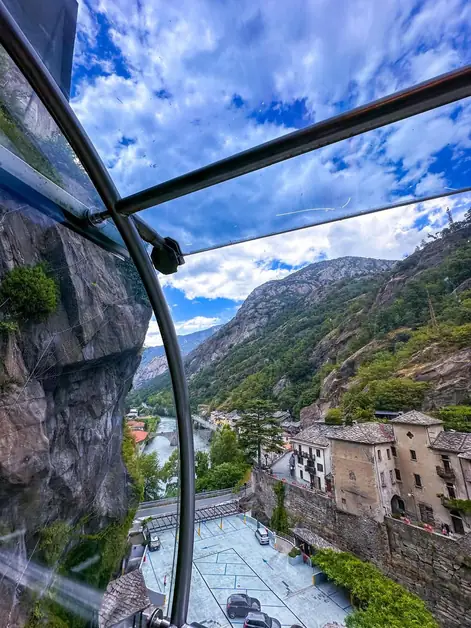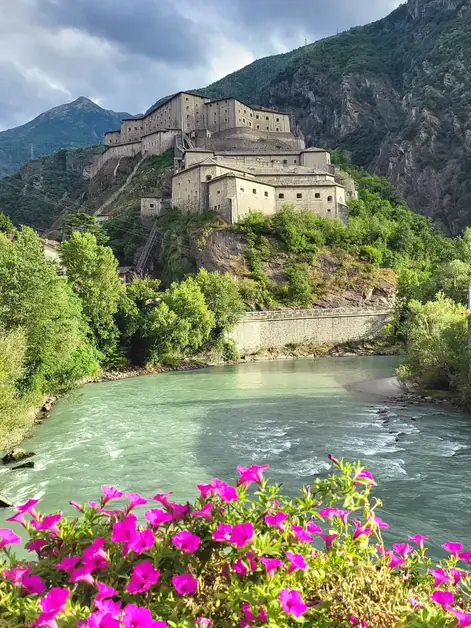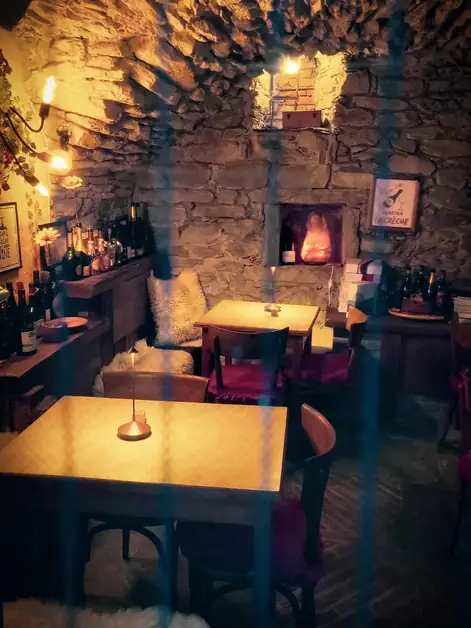Explore the Ponte di Bard and its fascinating history
The Ponte di Bard is a historical and cultural symbol of the Aosta Valley.

Where is the Ponte di Bard and why is it so important?
The Ponte di Bard is located in the picturesque village of Bard, in the Aosta Valley, and spans the Dora Baltea river. It is one of the most fascinating places to visit in the area, not only for its structure but also for its long history. The bridge connects the two banks of the village, offering a charming view of the Forte di Bard and the ancient medieval settlement.
What is the history of the Ponte di Bard on the Dora Baltea?
The first official reference to the Ponte di Bard dates back to the year 1272, when the State Archives of Turin mentioned the “taxes collected” on pontis Bardi. This data tells us that the bridge was already in existence and in use in the 13th century, probably as a pedestrian and commercial structure for travelers crossing the valley. Historical documents report other references between 1343 and 1469, a period when Bard was a strategic point for controlling commercial traffic along the valley. Furthermore, between 1592 and 1596, the bridge is mentioned in relation to a major flood that compromised its stability, demonstrating its resilience over time.
When was the Ponte di Bard restored?
Due to its age and exposure to the elements, the Ponte di Bard has undergone several restoration interventions. In 1763, it was reported to be dangerous, necessitating a deep restructuring that took place in 1787. More recently, in the 1990s, significant consolidation work was carried out, preserving its integrity and enhancing its historical and tourist role.
What was the Dora Baltea like when the bridge was built?
At the time of construction, the Dora Baltea river had a wider bed than today. For this reason, the bridge originally included three smaller arches, now buried under the square known as “Calliera,” located at the end of the current village square. This architectural peculiarity is interesting because it testifies to the changes in the river landscape over the centuries and tells how the natural environment has influenced the urban structure of Bard.
What can be found near the Ponte di Bard?
Next to the bridge, there is a small chapel that houses three wooden statues of great symbolic value. These statues represent San Grato, Santa Signora delle Grazie, and San Antonio, figures dear to the Valdostan religious tradition. The chapel itself is a quiet and serene place, perfect for a brief stop during the visit to the village.
Why visit the Ponte di Bard during a trip to the Aosta Valley?
Visiting the Ponte di Bard means taking a journey into the medieval history of the Aosta Valley, immersing oneself in the authentic atmosphere of the village, and discovering an extraordinary viewpoint. From the bridge, there is a splendid view of the Forte di Bard, and spectacular photos can be taken, especially at sunset or on clear days.
Is the Ponte di Bard accessible all year round?
Yes, the Ponte di Bard is always accessible on foot and is an integral part of the tourist route that includes the historic center of the village, the Forte, and the natural itineraries in the surroundings. It is particularly enchanting in winter when snow covers the rooftops of the houses, creating a fairy-tale atmosphere, and in summer when clear days illuminate the ancient stones.
What other attractions are near the Ponte di Bard?
In addition to the bridge itself, one can stroll through the cobbled streets of the medieval village, visit the Forte di Bard, home to museums and exhibitions, or explore the surrounding nature by following the trails along the Dora Baltea or on the slopes of the mountains. Bard is also famous for its cultural events, markets, and artisan shops, making the visit even more engaging.
How to reach the Ponte di Bard in the Aosta Valley?
The village of Bard is easily reachable by car, with parking located at the foot of the town. From the main square, one can easily access the bridge and the entire historic center. Those using public transport can reach the Hône-Bard train station and then walk for a few minutes.




